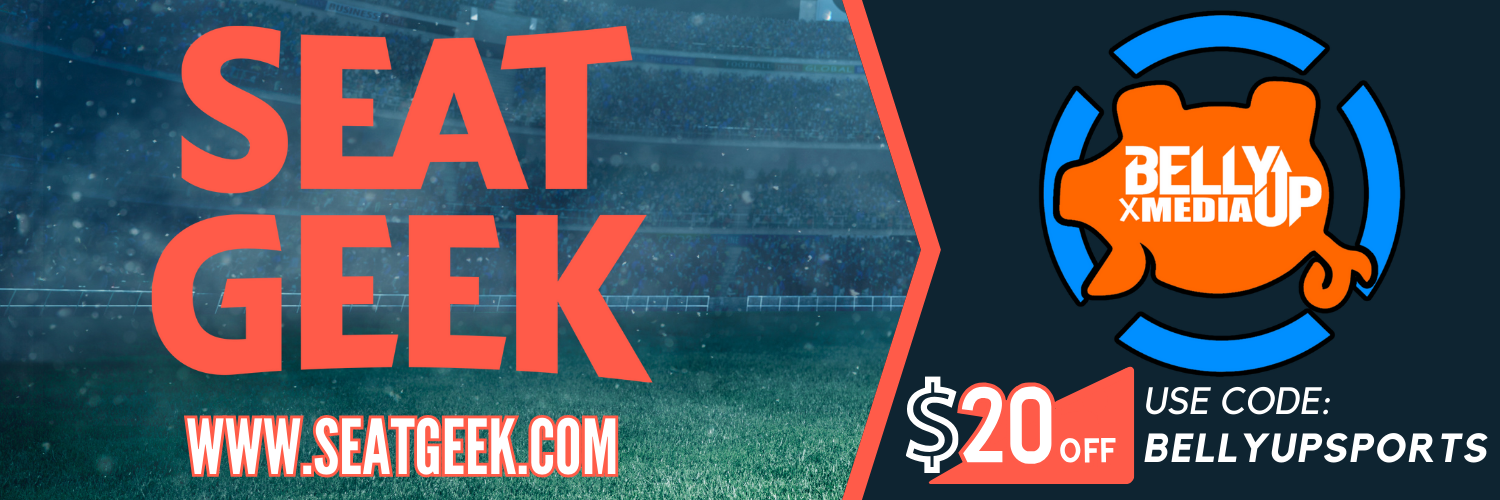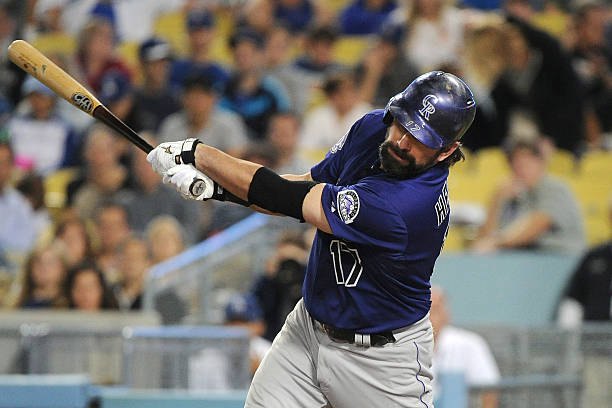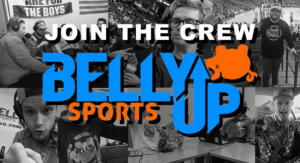The transfer portal in collegiate athletics allows student-athletes to be recruited by other schools. In reality, it is a way for football and basketball athletes to get paid more money to go to another school. Through intermediaries or directly, the players are leveraging their college performance for a higher paycheck. The NCAA initiated the transfer portal in October of 2018.
The international soccer transfer market allows players to move from one club to another as long as the buying club pays a transfer fee to the selling club. The process is supposed to happen with the transfer fee being paid and then the buying club negotiates with the player. It doesn’t always happen like that. One of the first players to transfer between clubs was Willie Groves in 1893 for 100 pounds.
As a fan of both college football/basketball and international soccer, I’ve noticed a lot of similarities between both player movement systems. Also, I’ve seen where both can learn from each other and improve.
Similarities
In both systems, they have built-in hierarchies. With collegiate athletics, the hierarchy revolves around non-power five (soon to be four) schools and Power Five schools. Often you will see a player who was developed at a smaller college, transfer to a bigger school. In soccer, this is almost expected. Most teams are considered “selling clubs,” they produce talent and drive up the price of their young talent to be able to reinvest it.
The Premier League (England) has the most money due to their impressive TV deals. Even teams that don’t finish in the top half of the league still rake in the money. Agents will push their players to the Premier League due to the payday they and their clients receive. Outrage over this unfair monetary advantage still exists, but there’s no denying that English clubs are at the top of the hierarchy.
Big Team to Big Team Transfers
When Caleb Downs made the transfer from Alabama to Ohio State, it reminded me of countless soccer transfers. Cristiano Ronaldo went from Manchester United to Real Madrid in 2009. Also, Robert Lewandowski switched from Bayern Munich to Barcelona in 2022. These seismic transfers are what I call “big team to big team,” transfers.
It makes fans reconsider the pulling power of each team involved in the transfer. Is Ohio State a better program than Alabama right now? In 2009 people wondered if every great player would always be drawn to Real Madrid. Some of these questions can’t be answered, while some are just down to the players involved.
Caleb Downs just had the coach who recruited him, legend Nick Saban, retire. That coupled with rumors that Ohio State is spending big after seeing their rivals (Michigan) win the National Championship. This could be a case of money talks, which also happens a lot in both sports.
One Last Paycheck Transfer
Brazilian midfielder Casemiro moved to Manchester United in the summer of 2022. Casemiro was 30 and this transfer was his last chance to earn another big payday. He is reportedly on 350,000 pounds a week at United. Former Oklahoma quarterback and new Oregon quarterback Dillon Gabriel could’ve stayed in Oklahoma but saw a chance to maximize his earning potential with a transfer to Oregon.

With how much Nebraska’s head coach said quarterbacks were going for in the transfer portal, Gabriel won’t be alone in this trend. The ‘one last paycheck,” transfer in college football will only increase as players realize they can make more money in college versus being a late-round draft pick.
This type of transfer will occur with players late in their careers. It’s always a risk in soccer where a player could’ve given his last team all his best years. However, in college football, it is usually a safe bet as players rarely regress in college the more experience they have.
Big Money Teams Disrupting the Norm
In 2022, Texas A&M recruited one of the best recruiting classes in history. Naturally, this raised a lot of questions. Texas A&M isn’t a historic power and many believed that A&M bought its recruits. Including Nick Saban. This pissed off many more coaches and fans who believed A&M had spent a ton of money to get players who were only following the money. This was true, they most likely did pay for those players. However, it is not wrong for 17 and 18-year-olds to take the bag as soon as they can. Two years later, A&M fired their head coach Jimbo Fisher, and many of those recruits have left the program.
Saudi Arabia came in HOT this past summer. The Public Investment Fund of Saudi Arabia bought four clubs and bought many players from Europe. They hit different demographics of players. From established stars in their late prime like Sadio Mane to emerging stars such as Gabriel Vega. It has sparked debate as to whether Saudi would be able to buy players at will and ruin modern international soccer. However, six months on, some of those players are regretting their decision.
Former Liverpool captain Jordan Henderson has already moved back to Ajax in the Netherlands. Ballon d’Or winner Karim Benzema has expressed interest in leaving too. It is fair to wonder how much talent will be able to STAY in Saudi.
Both sports will have big-money teams who spend wildly to accumulate talent. However, it remains to be seen if out-of-nowhere spending is a proven strategy for sustainably building teams.
Areas They Can Learn From Each Other
There is no shortage of advantages each system has. With that being said there can be a lot of learning each sport could take from each other. The possibilities are endless, but there are only a few key ones that could significantly improve the quality of each transfer system.
Transfer Fees and Release Clauses
Implementing transfer fees in college football would be extremely controversial. It would almost certainly end the idea that these athletes are amateurs(if it hasn’t been ended already). However, it would solve a lot of problems.
Instead of programs paying teams for their players, players could negotiate release clauses into their NIL deals when they sign out of high school. This would give smaller teams(non-power 5 and FCS) the opportunity to be compensated for when bigger teams come in and sign their players. The option to not include a release clause in a player’s NIL deal would also be an option, thus ensuring the transfer portal is still a thing.
Coach Leaves, So can Players
In college football, when a coach leaves (fired or retired) no matter where in the season this happens the players at that school have a 30-day window to enter the transfer portal freely. This allows players to have the same freedom the coach has in leaving for greener pastures. This also has the effect of making programs think twice if they want to fire their coach, knowing half their roster could leave as well.
In international soccer, coaches are fired way too often. In the Premier League last season, 13 managers were fired. All were done during the season. It costs clubs lots of money in compensation. Imagine if these players were able to be sold for 30 days after the manager was fired. That would certainly change teams’ approaches to hiring and firing managers. It would allow teams to build more sustainably and give managers far more job security than they currently have
Transfer Clarity (Both)
Imagine a world in which we knew how much each college football program was spending on NIL. The clarity it provides immensely improves the sport. The fan’s expectations for their school would be able to be more accurate. This would add pressure to the players if they were part of a 15-million-dollar team that goes 8-4. But pressure makes diamonds.
In international soccer, what if there was even more clarity on what players wanted out of their clubs? A sort of “transfer portal light” that would allow players to enter their name for the public and other teams to know they want out. Although the current system of intermediaries is working, it doesn’t quite do it for me. The fans would be able to grasp and prepare them for a player’s departure better. The clubs wouldn’t be able to punish players for wanting out.
Future of Both Systems
Already in the transfer market in soccer, there are rules and regulations to limit spending. In La Liga (Spain) they’re limiting how much a team can spend based on their past season’s losses. In the Premier League, they allow you to lose 150 million pounds over a three-year window. Anything more and your club is in jeopardy of a points deduction.
These protective measures are a good thing. I believe it will force teams to operate under more sustainable models. Teams will have to be more sure when they are spending big money on players, versus just making signings to please the fans.
In college football, the future of the transfer portal seems solid for the players. Players will continue to profit from their play and be able to transfer. There has been talk of moving toward a professional model where the schools directly pay the players. The NIL model clouds the clarity of who is getting what and who is providing the money.
Both of these models need to make adjustments to continue to thrive. Leagues will change over time with realignment in college football and more salary cap-type measures in international soccer. With these changes, it will only improve the product and enjoyment for fans who follow the sports.
Featured Image: Photo by: Christof Stache via Getty Images
Thank you for reading “Transfer Portal and Transfer Market Comparison“. Please visit Belly Up Sports every week.






